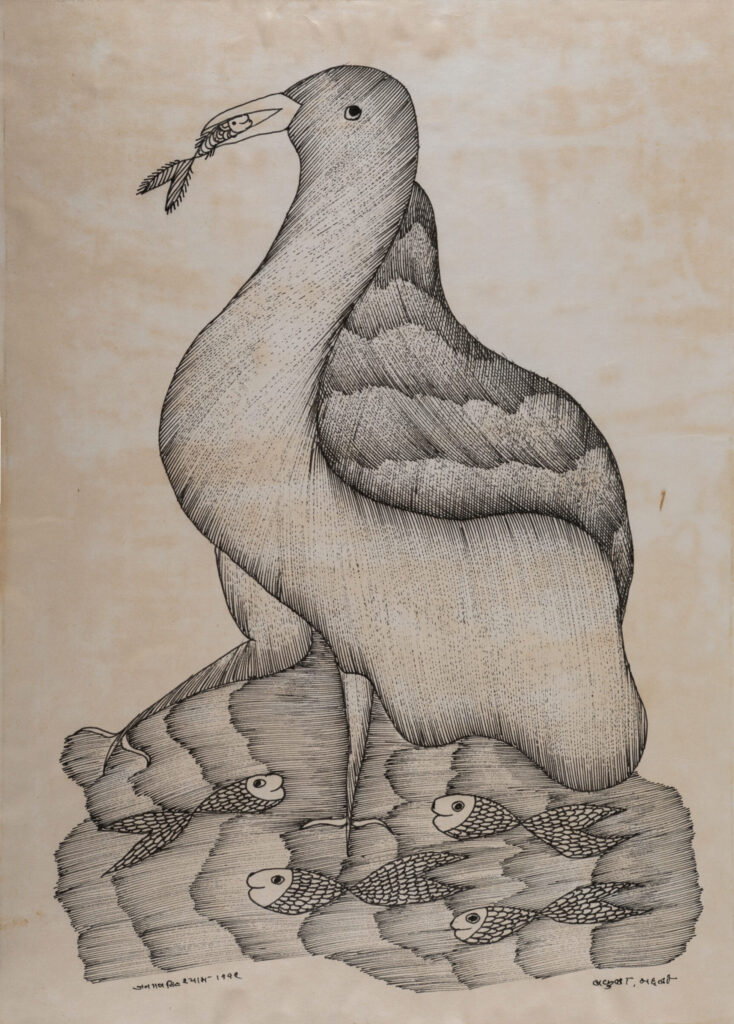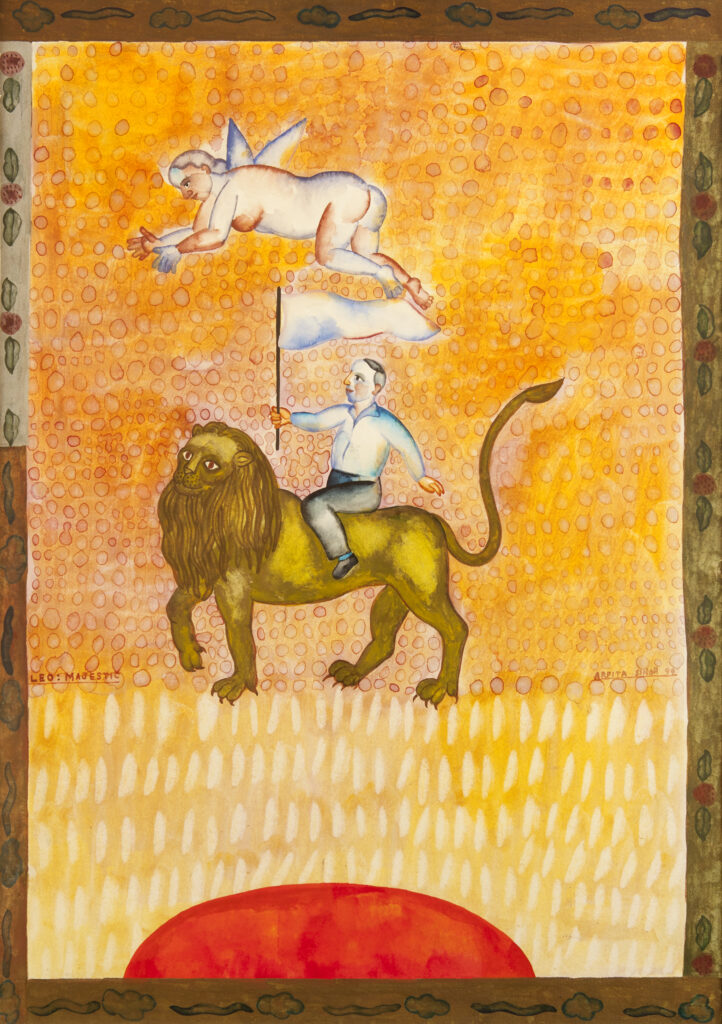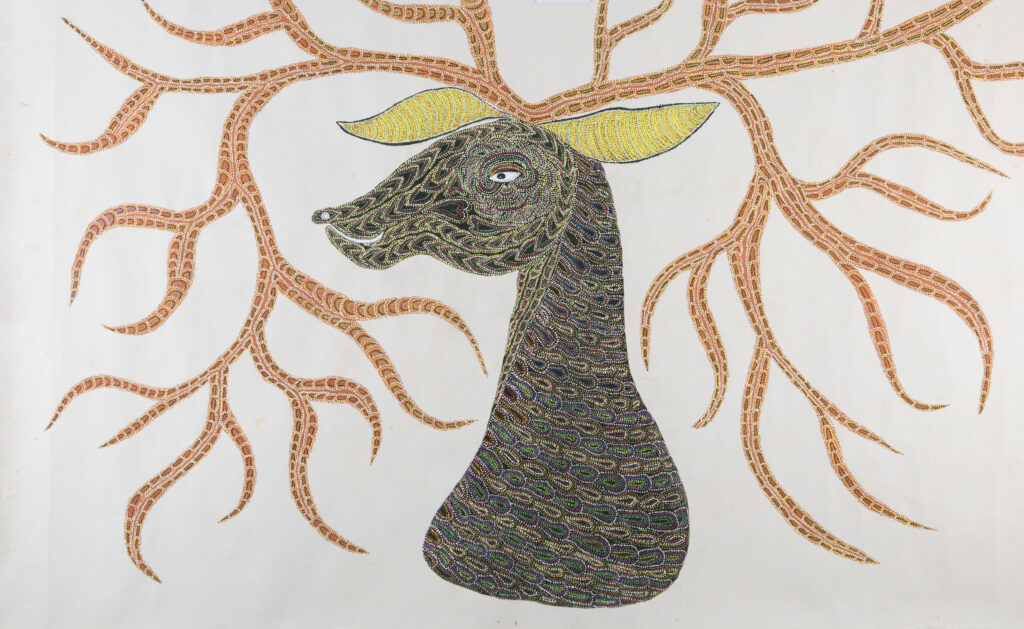Blogs
Making of a Museum: Creating an Inclusive Experience for All
Khushi Bansal
The eighth article in our original series explores the central role of the Development and Inclusion team in not only generating interest for sustaining the museum’s future, but also creating an inclusive experience for all.
What is art? The only probable answer I can give to you regarding this question is that art is more than just a visual. Is it an emotion? A thought, perhaps? Or is it a sensory feeling? Each individual views and experiences art differently; it transcends cultural and societal boundaries, bringing people from diverse backgrounds together in shared appreciation. In this segment of our ‘Making of the Museum’ series, I got a chance to interact with the development and inclusion team as we delved into the world of fundraising, finance and accessibility!
At the Museum of Art & Photography (MAP) the development and inclusion team not only shape the institution’s present in terms of fundraising but also lay the foundation for a space wherein all members of the community feel welcome and represented. The team is led by Carolina Artegiani, a trained actress who transitioned into the administrative side of art after realising that funding is essential for the production and preservation of art. Shraddha Jadhav is a Senior Development Officer who comes from a background in art history and eventually transitioned to fundraising in an attempt to find meaning in art. Mounika Nallani is the Development Coordinator, an engineer by profession who found her calling in this space. Shailesh Kulal is our Inclusions Manager, who is a veteran in the space of inclusion and accessibility having worked extensively in the past to raise awareness on the same.

Bakula, Machli (Heron eating fish) by Jangarh Singh Shyam, 1991, Pen and ink on paper, L. 36 cm, W. 26 cm, PTG.01735
The core responsibility of the team is to fundraise, through which they can foster a space for creativity and belief. The team is helmed with the responsibility of managing donors, governance, financial aspects of the museum, and monitoring the progress of programmes, to name a few things. Through the process of fundraising and development, they can enable and equip people to stand for a cause they believe in. According to Carolina, “a recurring question for us is why. Why are we doing that? What will we get out of it? What will the beneficiaries get out of it? How will MAP grow because of that project? Initially, we were focused on big fundraisings but now, we are starting to see a shift to a more open and public phase. At MAP, we created levels of giving that are more affordable, making people feel like they are able to contribute to it and that they are a part of our institution. We also share a very close relationship with the finance and administration department. So our everyday includes money, budget receipts, reports, financial accounts, and so on.”
Continuing to speak about the relevance of fundraising, Carolina said, “the interesting thing about fundraising is that you can explain to somebody who does not necessarily understand, what goes into the making of an institution, why it is important and deserves to be supported. It is an opportunity for a donor, that is someone who has the financial capacity to do something meaningful and support a cause that is otherwise not very supported.” Shraddha continued to add, “fundraising is how institutions and organisations sustain themselves in the art space. Fundraising to me is all about making things happen, where projects come to life.”

Leo: Majestic by Arpita Singh, 1999, Watercolour and acrylic on paper, Image: H. 50.5 cm, W. 35.5 cm, MAC.00756
Accessibility and inclusion are intentional as it is about creating a comfortable and safe space for people to participate and interact. It is a spectrum wherein each individual, regardless of disability or identity politics, is welcomed into the space to be themself. To this, Shailesh said, “accessibility and inclusion exist in every aspect of what we do, whether it is making our website more accessible to people with visual disabilities, involving the LGBTQIA+ community [in the museum’s programming and outreach], translating content to the local language which in this case is Kannada, or making sure that the physical building itself is equipped with proper signages. MAP is making sure to have accessible facilities such as wheelchair access, tactile flooring, tactile artworks in the exhibition, accessible parking spaces, washrooms, markings, elevators and ramps. All these things are made available to make sure that we, the museum, welcome everyone, and that there is something for everyone.” Adding to this, Mounika said, “museum signage is one of the important things we are doing as it helps people navigate their way through the space. They can discern if it is a gallery for public access or not, or even how to access amenities such as drinking water. Each signage is equipped with braille language so that people with disabilities can get a better understanding of the space. We are also working extensively with Bloomberg wherein we are creating a museum guide with them, which helps visitors, navigate their way through exhibitions.”
Inclusion and accessibility go beyond the canonical framework, pushing the boundary of individual autonomy and rational thought. They are effective tools in creating a more equitable society that is able to cater to the needs and requirements of everyone. Carolina said, “we brought in a consultant to work with the architects in making the physical structure accessible. When I mean accessible, I don’t just mean people with mobility disabilities, but also people with intellectual, learning or psychological disabilities. So for example, in case people suffer from panic attacks or any other difficulty, we have a quiet room. For our team at MAP, we have adopted several new HR policies and procedures where we make sure to conduct sensitisation training and really focus on how we can make our team as diverse as possible.”

Mask for Fixing the Evil Eye by Jangarh Singh Shyam, mid 1990s, Poster colour on paper, Image: H. 91 cm, W. 146 cm, PTG.00839
Museums and art are a method of preserving and sharing our cultural heritage through shared identities and lived experiences. The development and inclusion team at MAP enables these experiences by bringing art to life. This ultimately brought me to my final, and perhaps favourite question of the series regarding favourite artworks in the collection. Mounika started by describing a work beautifully. She said, “there is a blue artwork, where a person is sitting and is completely distorted. It has the capacity to light up an entire room, the painting is by Arpita Singh titled ‘Manjit and Fil Talking’.” Shraddha then chimed in by saying, “any of Jangarh Singh Shyam’s works…I can keep looking at them all day.” Carolina continued by saying, “I was thinking the same actually [concerning the work of Jangarh Singh Shyam] because it’s so different from the art I have seen in Europe. I have never seen anything like it; the colours, the shapes, the forms. It seems so direct yet it connects with you with your emotion. The more you look at it, the more you discover the details that you didn’t know were there…also, it transports you into another dimension but yet it makes you feel comfortable with it.” Shailesh concluded by saying, “For me, the tactile artworks of Madiya and Madan are the highlights, as I feel the way the artist Gurjeet Singh has represented the works is very unique and easily understandable even by people who are visually challenged. Through elements such as the big head, headgear, open mouth and long nose, the artist made the visualisation of the artwork easy and straightforward.”








